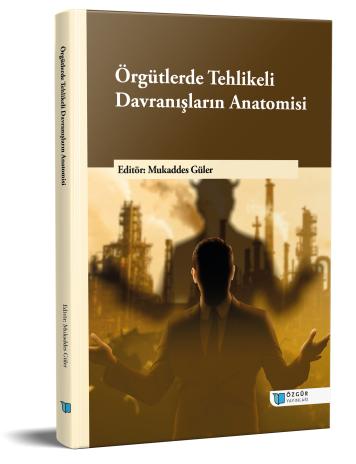
Organizational Silence: The Voice Behind the Silence
Chapter from the book:
Güler,
M.
(ed.)
2025.
Anatomy of Dangerous Behaviour in Organisations.
Synopsis
In the transformation of tacit knowledge into explicit knowledge, it is crucial for organizations that employees can openly express their ideas, suggestions, and criticisms. Individuals who cannot express themselves clearly inevitably tend to remain silent over time. Organizational silence is defined as the phenomenon where employees, for various reasons, do not voice the problems, negativities, or improvement suggestions they experience in the workplace. This situation leads to the blockage of organizational communication channels and hinders institutional development. Especially in an era where modern management approaches emphasize transparency, participation, and a culture of feedback, organizational silence is considered a critical threat to corporate success and sustainability. Organizational silence, which is recognized as a widespread issue where employees refrain from raising problems or suggestions and where knowledge sharing is obstructed, can severely hinder processes of change, development, and innovation by causing negative consequences at both the individual and organizational levels. The effects of organizational silence on employees and organizations have been increasingly emphasized in the literature. Research shows that silence leads to a decline in organizational trust, the suppression of innovative ideas, and a weakening of employee engagement (Morrison & Milliken, 2000). In this context, organizational silence should not be regarded merely as an individual issue; it must also be evaluated in connection with institutional structures, leadership styles, and organizational culture. This chapter discusses the concept of organizational silence, elaborating on its types, causes, and consequences. In doing so, it aims to enhance understanding of the problems caused by organizational silence at individual, group, and organizational levels, and to contribute to the development of effective strategies for preventing this phenomenon.

